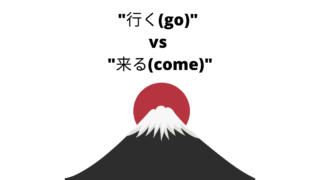Japan has the world-renowned technology, as a company succeeded in a test drive of a flying car and a Japanese supercomputer called Fugaku became the world’s top-performing computer as of June 2020.
Japan’s high technology should be pervasive in day-to-day living situations. For instance, Japan’s trains hardly delay, which is famous. Even if only a 3-minute delay, the driver sincerely apologizes to the passengers. However, by experiencing the coronavirus pandemic, I wondered why Japan is outdated. One is the advanced technology does not apply to government offices (even if it does, many do not work well). The second is remote work does not fit in Japan’s working culture. Let’s dig into these issues.
When will my coronavirus subsidy arrive?
On April 20th, the Japanese government approved to provide each Japanese resident who holds a resident’s card with 100,000 yen as a subsidy. People could apply for it via mail. If they have My Number by which the government can administrate individual information, they could apply online. The online process should have allowed the applicants to smoothly receive the money.
However, as of the middle of June, only 44% of the applicants received the money. Especially in some big cities such as Tokyo, Osaka, Nagoya, less than 20% of the applicants received it in the same period. Although 93% of the total was paid in July, some prefectures including Tokyo was still around 60%. Why was the process so slow?
A reason was the online process did not function. When the government announced the subsidy, the Japanese citizens rushed to their municipal office to create My Number. Actually, many people did not have their own My Number. In addition to this, My Number system itself had some problems in some areas. As of June, approximately 80 municipal governments declined the online application. Therefore, many people waited for mail from the government and should have filled in the necessary information and then returned the mail to the government. In short, the process ended up with manual work.
Is work form home difficult in Japan?
In governments, Japan’s high technology seemed not installed. Japan’s work culture has problems as well. When PM declared a state of emergency, lockdown did not happen, and the economy was not regulated. Many people still went to work physically. According to a survey done to 14,300 companies by Tokyo Shoko Research in July, only 31% answered as they shifted to remote work.
One of the reasons that many companies do not change their work style was Hanko (name stamp). Hanko is necessary for people or businesses in Japan to make a deal or contract. Even when you need approval from your boss or create a bank account, you must need the stamp on your paper. In fact, the survey showed that 43% answered Hanko culture hinders companies in digitizing.
New movement to digitize Japan
Under Suga Administration, Digital Ministry will be launched (in 2022?). The government will hopefully address these problems, though the average age of the new Cabinet is 71 years old… Regarding Hanko culture, the government is discussing it in Congress now. Japan has marvelous technology, therefore these issues can be solved soon, if the government and companies cooperate and speed up digitalization.





















